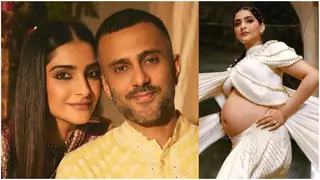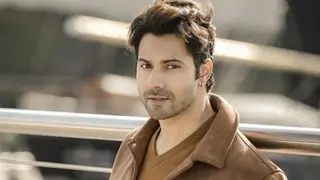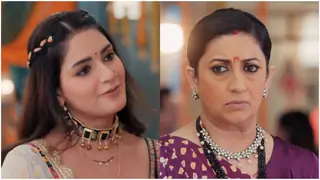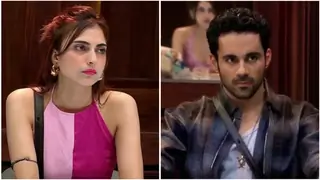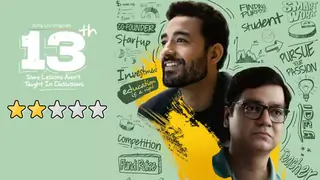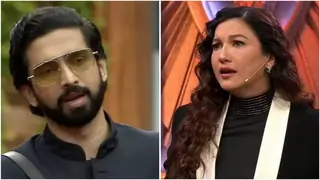From Wikipedia, the free encyclopedia
(Redirected from Muttusvami Dikshitar)
Muthuswami Dikshitar (1775-1835) is the youngest of the Carnatic music composer trinity. He was born in 1775 to Ramaswami Dikshitar and Subbamma, as the eldest son, in Tiruvarur (near present day Thanjavur). Muttuswami is said to have born to the couple after they prayed for a child in the temple of Vaitheeswaran Koil. He was named after the temple deity, Muttukumaraswamy. He also had two younger brothers Baluswami, Chinnaswami and a sister Balambal. His brother Baluswami is credited with introducing the western violin into the Carnatic music fold.
< =text/> //
Early years
Consistent with the education of Brahmin boys of that time, Muttuswami learnt the Vedas, Sanskrit and other important religious texts. He also obtained his preliminary musical education from his father. While he was still in his teens, his father sent him on a pilgrimage with a wandering monk named Chidambaranatha Yogi, to gain musical and philosophical knowledgde. Over the course of this pilgrimage, he visited many places in North India, and acquired a broad outlook that is reflected in many of his compositions. During their stay in Kashi (Varanasi), his guru Chidambarantha Yogi, presented him with a unique Veena, and died shortly thereafter. The Samadhi of Chidambaranatha Yogi can still be seen in the Hanuman Ghat area in Varanasi.
Muttuswami Dikshitar attained mastery over the Veena, and the influence of Veena playing is evident in his compositions. He composed his first song "Sri nathadhi guruguho" in the Raga Maya-malava-gowla, in the temple of Tiruttani (near present day Chennai). The song was in praise of his Guru, but also in praise of the Lord Subramanya, who is identified with the concept of a "teacher" or guru in the Hindu theology.
His Compositions
His total compositions are about 450 to 500, most of which are very widely sung by musicians today in Carnatic music concerts. Most of his compositions are in Sanskrit and in the Krithi form i.e. poetry set to music. Muttuswami Dikshitar traveled to many holy shrines throughout his life, and composed krithis on the deities and temples he visited. Statistics on Dikshitar's Compositions
Each of his compositions are unique and brilliantly crafted. The compositions are known for the depth and soulfulness of the melody - his visions of some of the ragas are still the final word on their structure. His Sanskrit lyrics are in praise of the temple deity, but Muttuswami introduces the advaitin thought seamlessly into his songs, resolving the inherent relationship between Advaita philosophy and polytheistic worship. His songs also contain much information about the history of the temple, and its background, thus preserving many customs followed in these old shrines.
Muttuswami also undertook the project of composing in all the 72 melakartha ragas, (in his asampurna mela scheme) thereby providing a musical example for many rare and lost ragas.
Other
He is also credited with introducting the violin to carnatic music, now an integral part of almost any carnatic ensemble. He also shows influence of the Baroque style of western classical music in some of his compositions ( Varashiva Balam ) - which is prety incredible as there were no record players in his age and it is hard to imagine how he managed that!!!
His Descendants
Muttuswami Dikshitar died on the 21st of October, 1835. Although Muthuswami Dikshitar did not have any children of his own, his Brother Baluswami's descendants have preserved his musical legacy, and his compositions have been popularised due to the efforts of people like Subbarama Dikshitar and Ambi Dikshitar.







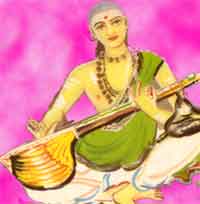 some of his early years with the great Chidambaranatha Yogi who was the guru of Muthu's father Ramaswami. This saint was a great occultist.
some of his early years with the great Chidambaranatha Yogi who was the guru of Muthu's father Ramaswami. This saint was a great occultist.
